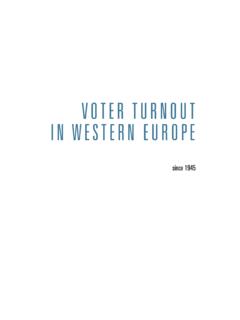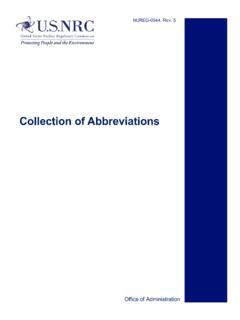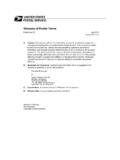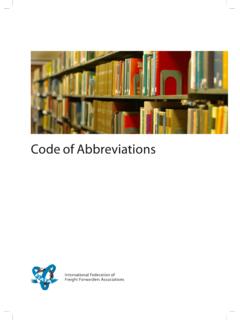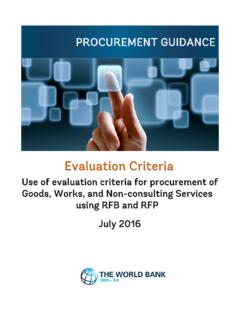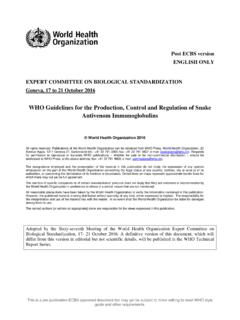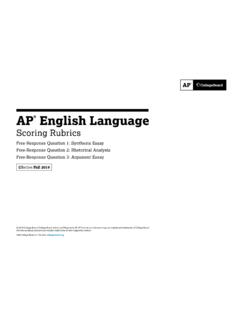Transcription of Voter Turnout Trends around the World - IDEA
1 Voter Turnout Trends around the WorldVoter Turnout Trends around the WorldAbdurashid SolijonovVoter Turnout Trends around the World 2016 International Institute for Democracy and Electoral AssistanceInternational IDEAStr msborgSE-103 34 StockholmSwedenTel: +46 8 698 37 00, fax: +46 8 20 24 22 Email: website: electronic version of this publication is available under a Creative Commons Attribute-NonCommercial-ShareAlike licence. You are free to copy, distribute and transmit the publication as well as to remix and adapt it provided it is only for non-commercial purposes, that you appropriately attribute the publication, and that you distribute it under an identical licence.
2 For more information on this licence see: < >.International IDEA publications are independent of specific national or political interests. Views expressed in this publication do not necessarily represent the views of International IDEA, or those of its Boards or Council photograph: Voting queue in Addis Ababa ( BBC World Service/Uduak Amimo) made available on Flickr under the terms of a Creative Commons licence (CC-BY-NC )Graphic design by Turbo Design, RamallahISBN: 978-91-7671-083-8 International IDEA 5 ContentsAcronyms and abbreviations .. 7 Preface.
3 8 Acknowledgements .. 101. Introduction .. 132. What is Voter Turnout ? .. 173. Voter Turnout across the globe .. 234. What factors affect Voter Turnout ? .. 355. Conclusions .. 43 References .. 45 Annex 1. Voter Turnout in the most recent parliamentary elections as of the end of 2015 .. 47 About the author .. 49 About International IDEA .. 50 More International IDEA resources on electoral processes .. 516 International IDEAList of figuresFigure 1. Difference between Voter registration and voting age population statistics .. 18 Figure 2. Voter Turnout Trends in parliamentary elections in Egypt.
4 20 Figure 3. Voter population statistics for countries that hold direct national parliamentary elections (lower house) .. 24 Figure 4. Global Voter Turnout by region, 1945 2015 .. 26 Figure 5. Voter Turnout in Europe, 1945 2015 .. 27 Figure 6. Differences in Turnout between the first election after the end of the Cold War and the most recent election .. 28 Figure 7. Freedom House indicators and Voter Turnout .. 30 Figure 8. Range of turnouts in the most recent parliamentary elections as of the end of 2015 .. 31 Figure 9. Difference in Voter Turnout between men and women.
5 32 Figure 10. Difference in Voter Turnout between men and women by country .. 33 Figure 11. Impact of compulsory voting .. 39 Figure 12. Voter Turnout in Mexico .. 40 Figure 13. Differences in Voter Turnout by age .. 41 International IDEA 7 Acronyms and abbreviationsEMB electoral management bodiesVAP voting age populationVTD Voter Turnout database 8 International IDEAP refaceVoter Turnout has been declining across the globe since the beginning of 1990s. Such a trend in democratic participation has raised many concerns among election stakeholders.
6 Since its establishment in 1995, International IDEA has keenly engaged in research on Voter participation. One outcome of this effort is the Voter Turnout database. The database is a widely acknowledged and well-respected resource for researchers, media, practitioners and other stakeholders. International IDEA has also published several publications on the topic of Voter participation, which have inspired further research and debates in the elections field. The Voter Turnout database was developed in 1999, and has been continually updated since then.
7 It has served a growing number of users, from about 143,000 in 2006, the earliest year for which user statistics are available, to more than 410,000 in 2015. This shows that the democratic community is concerned about declining Voter participation, and therefore uses the data to stay informed about Voter Turnout Trends and inform others about this crucial issue. Several renowned media outlets, such as CNN, The Economist, The Guardian and The Washington Post, have used the database as a resource in a variety of articles on the subject.
8 We are pleased that through the Voter Turnout database, we continue to provide a resource that not only creates awareness about the extent of people s participation in elections, but also, and more importantly, helps electoral stakeholders to make informed policy decisions and programmatic choices to improve the legitimacy of the electoral process. This brief report highlights key Trends and developments on Voter Turnout across the globe. By reviewing the factors that affect Voter Turnout , the report also provides some insights into how to understand complex Voter behaviour.
9 In addition, the report addresses the critical need to improve collection of Voter Turnout statistics by electoral management bodies, mainly referring to the need for disaggregation of Voter Turnout data by gender, age and other key characteristics of voters. We hope this report will contribute to the field International IDEA 9and also encourage election authorities, policymakers and other stakeholders to take serious action to increase Voter participation, and at the same time to improve data collection methods in order to better understand Voter Voter Turnout signals the deep problems democracies are facing today.
10 Lower Turnout suggests that fewer citizens consider elections the main instrument for legitimizing political parties control over political decision-making. It may even show that citizens are less interested in political parties as the main bodies of democratic representation as such. However, lower citizen participation in elections does not necessarily mean that citizens are becoming less active in politics. On the contrary, we have seen a rise in other forms of citizen activism, such as mass protests, occupy movements and increased use of social media as a new platform of political engagement.



